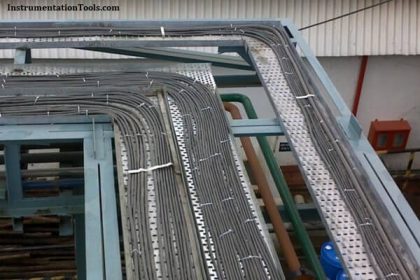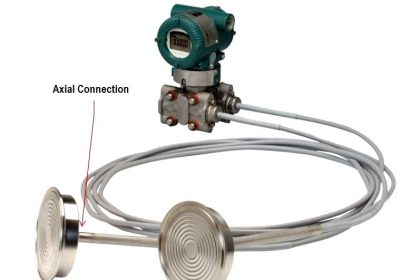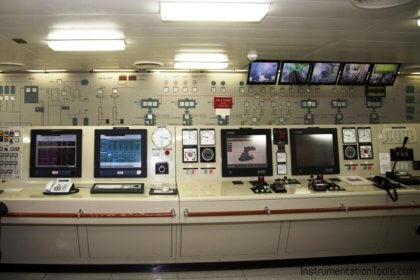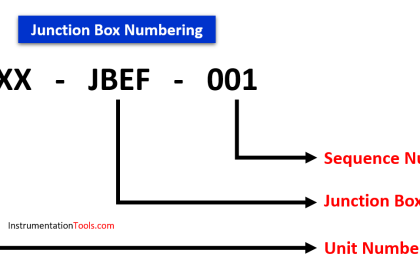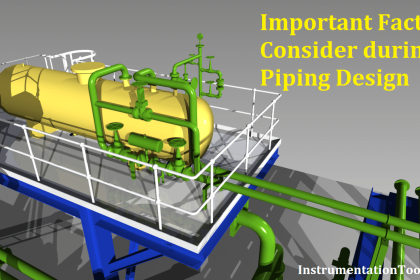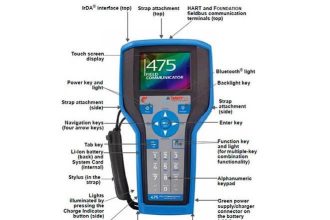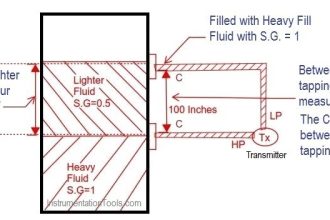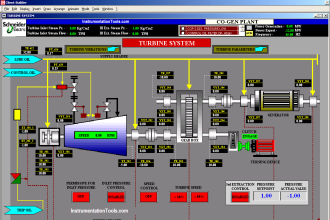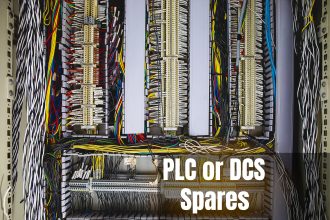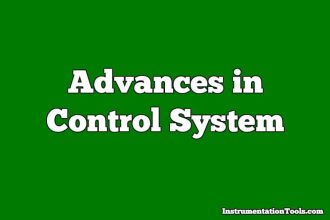Instrument enclosure is a box, used to protect instruments from extreme negative temperatures and weather effects which generalizes Winterization effect and another reason for its use is the Process Requirements.
These enclosures provide proper insulation are equipped with 2 major accessories generally
- A Space Heater (suitable for hazardous areas) and
- A Thermostat.
The purpose of space heater is to produce heat inside the enclosure to give an instrument the perfect ambience to work and the purpose of thermostat is to act as a switch to cut-off the power when desired temperature is obtained and avoid any overheating issues inside the box.
Instrument Heated Enclosure
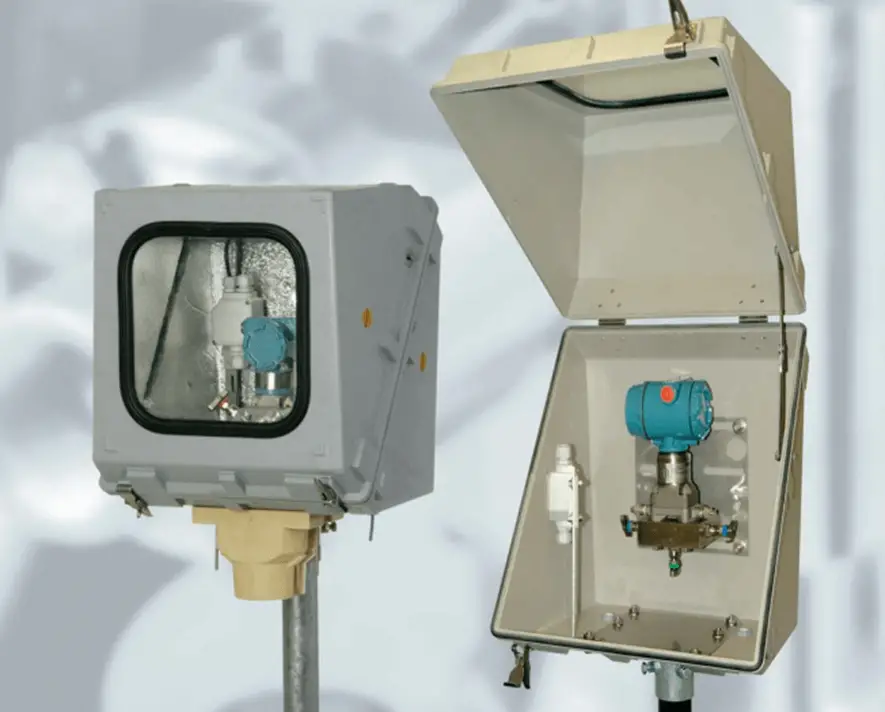
Image Courtesy: Parker
The selection of protection box indeed includes several aspects which needs to be kept in mind as there are multiple interfaces involved.
Interface with Enclosure Vendor
Selection of optimum sized enclosure – Selecting the size of box is very important aspect. It depends upon how many instruments are needed to be enclosed inside the box.
For example – Boxes with different dimensions are available which can accommodate more than one instruments. Size shall also be governed by accessibility requirements for transmitter maintenance inside the box.
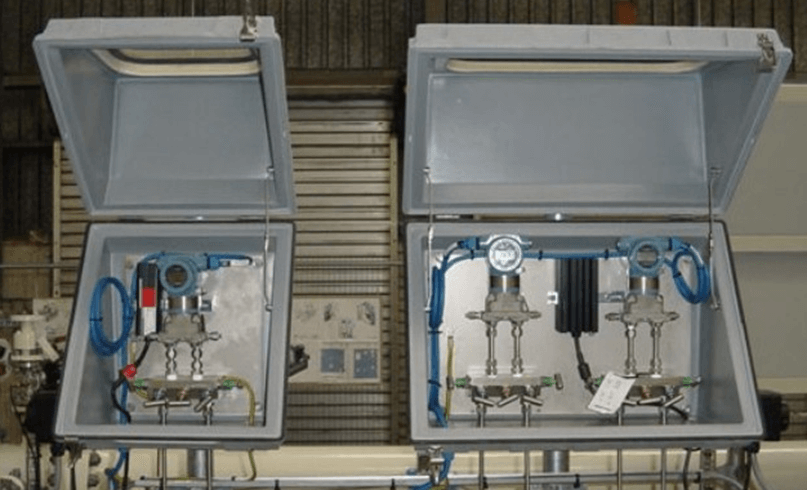
Image Courtesy: Parker
Provision of installation of an instrument inside the box – Many types of brackets are available which can be used to mount the instrument inside the protection box.
Mainly 2 inch pole mounting or din rail mounting method is used and universally accepted.
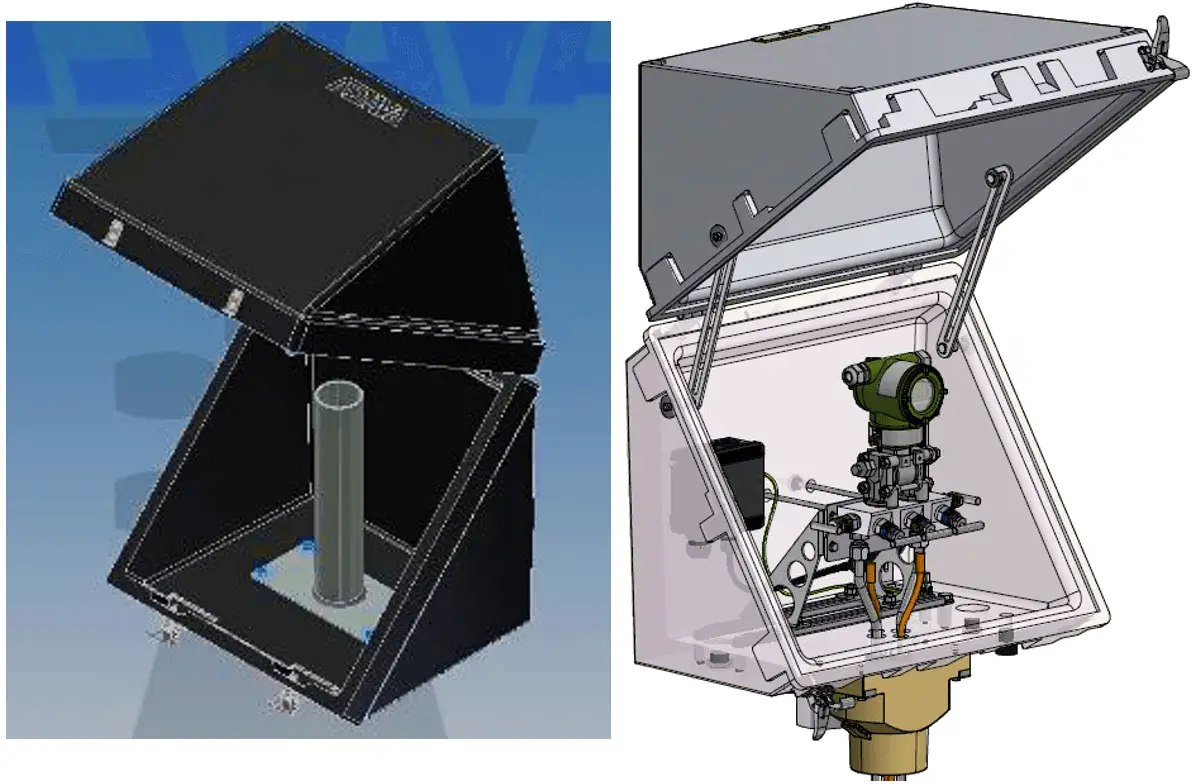
Image Courtesy (left): Astava
Deciding number of entries – Entries include as per below depicted parameters.
Provision to keep inside junction box outside the protection box is available.
Moreover, an insulation adapter is used to avoid heat losses and it is installed at the point where the impulse line enters the enclosure. This prevents freezing of the impulse lines at this critical point by allowing movement between the insulated impulse lines and the enclosure.
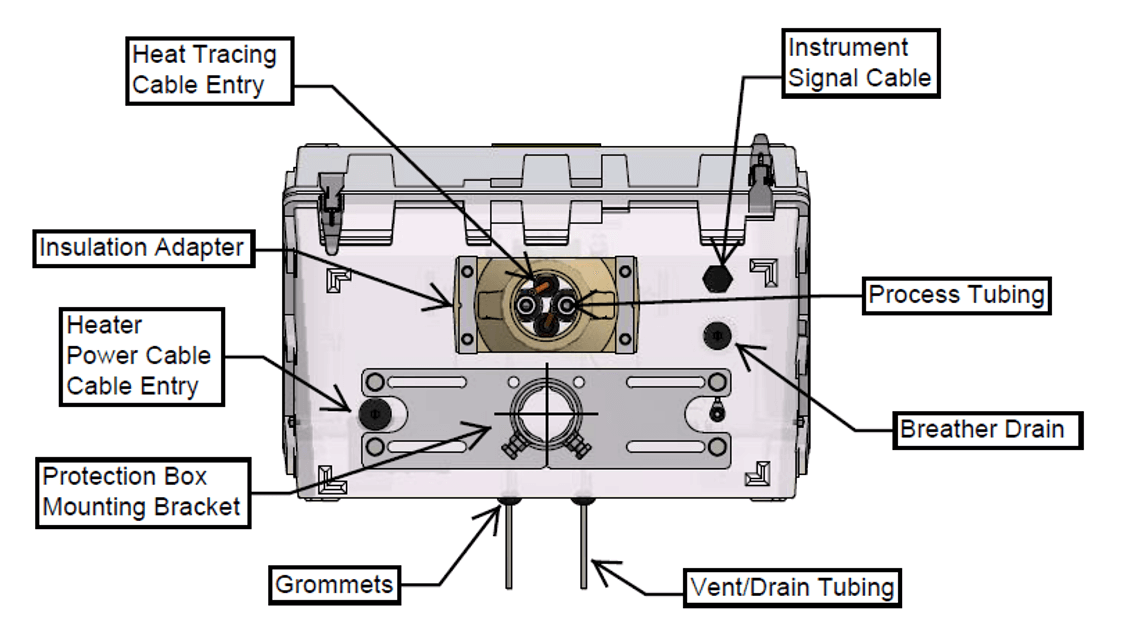
Image Courtesy: Intertec
Interface related with its Installation at Site
- Preparation of non-standard hook-ups is necessary for gathering information about consumables and realizing its mounting and installation.
- Accessibility for protection box opening and maintenance shall be taken care of in 3D model. Opening should have a clear path and it should not have clashes with any item in its vicinity.
- Scope of installation of instruments at site or at vendor premises shall be decided. Accordingly, all the tools for proper punching holes in the box shall be available.
Interface with Instrument Vendor
- Dimensions of that particular instrument shall be obtained from instrument vendor and same information shall be passed on to Protection box vendor. This information shall be reflected in protection box general arrangement drawing (GAD).
- Instruments having LCDs and which are to be mounted in extreme conditions also require heated box with “window” for instrument signal reading purpose.
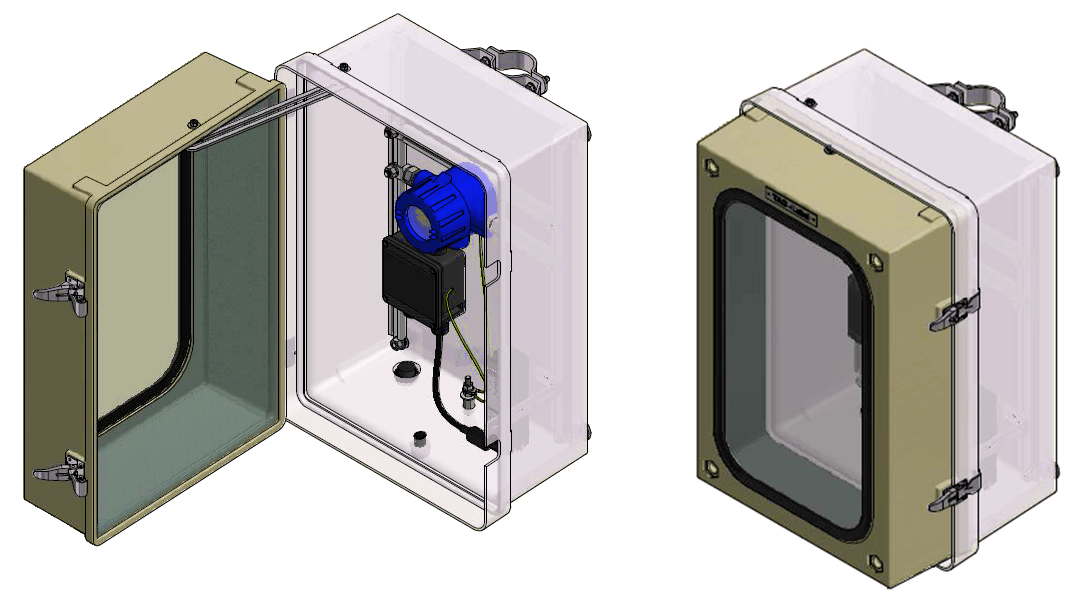
Image Courtesy: Intertec
Interface related to Power Requirements
The only power consuming unit in protection box is the space heater. Hence, information on power consumed by the heater shall be notified to respective department or personnel.
Conclusion
To summarize, I have jotted down some basic steps to procure the protection box. The points which are considered will avoid some interfaces and allow a smooth and swift installation at site.
Step 1 – Identify the instruments which require heating.
Step 2 – Obtain the datasheet and general arrangement drawing of those instruments from its vendor.
Step 3 – Select a protection box with heater which can easily cater the heating requirements of those instruments keeping in mind their maintenance and accessibility. At this point consultation from protection box vendor is required. Information related to instrument and GADs shall be forwarded to protection box vendor.
Step 4 – Obtain power requirements of heater from vendor and calculate all the consumables (via hookups) required to install protection box at site.
Step 5 – Deliver instruments to protection box vendor’s workshop for installation. Consider installation of vent, drain and process tubing (coming outside the box with union at end) in protection box vendor’s scope. This will avoid making or punching holes in protection box at site and enable quick installation at site.
The final product can be realized as per below image.
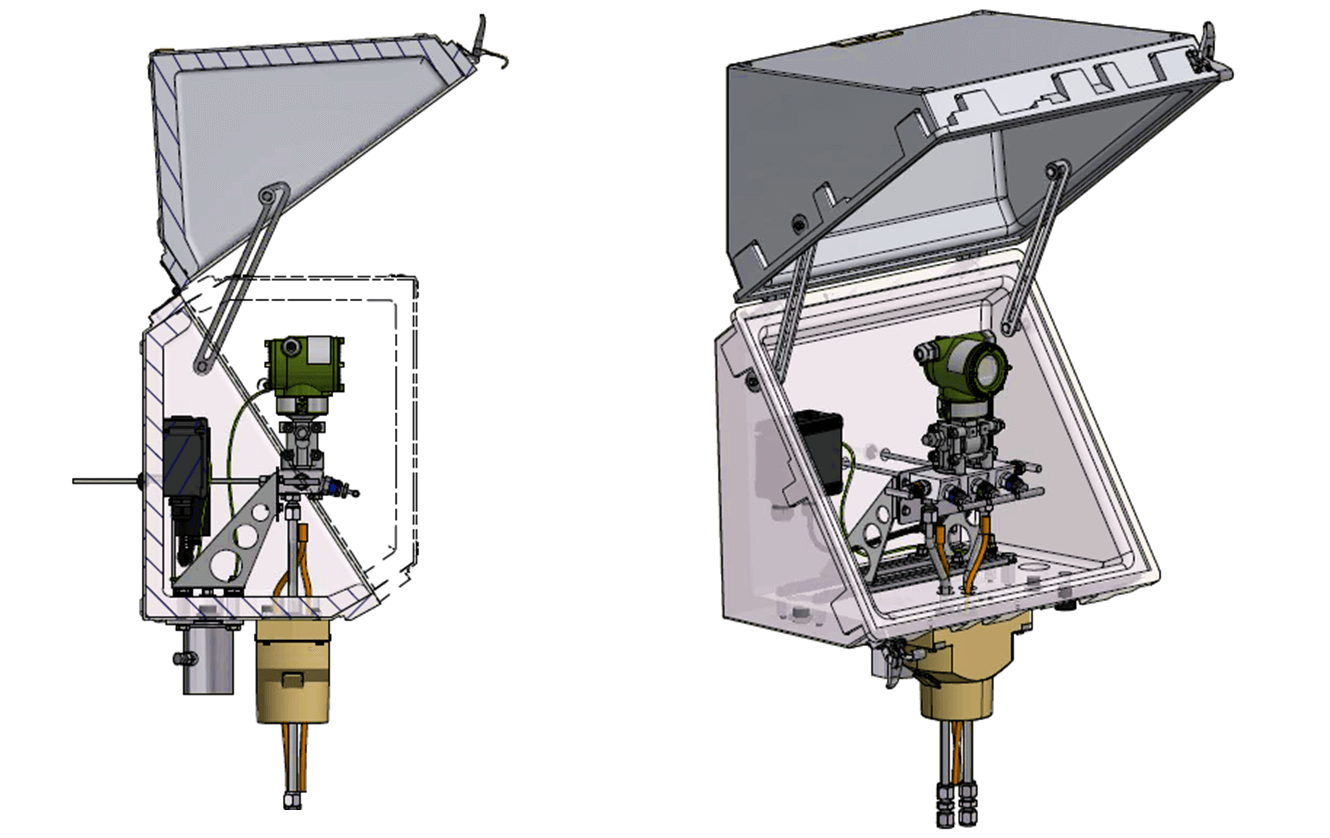
Image Courtesy: Intertec
If there are any suggestions to this article, let us know in the comment section.
Author: Valay R. Patel
Read Next:
- Instrument Seals
- Transmitter Specifications
- Air Cylinder Consumption
- Instrument Air System
- Thermocouple Selection


